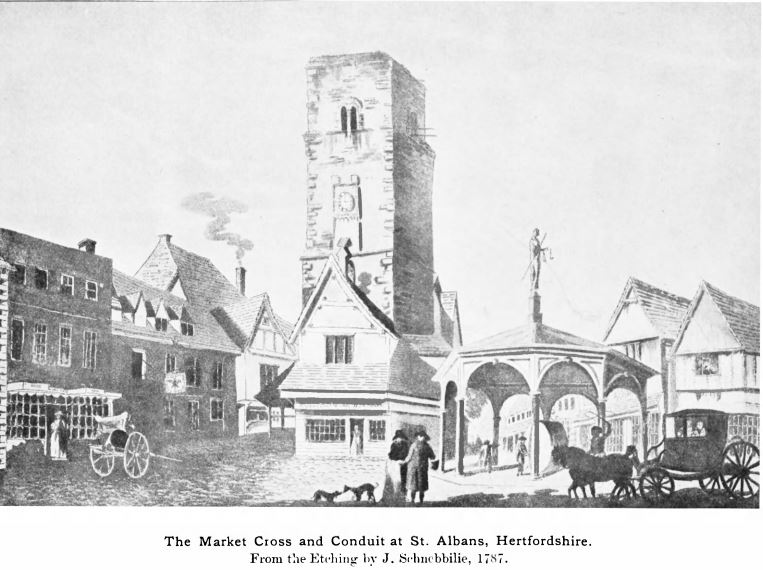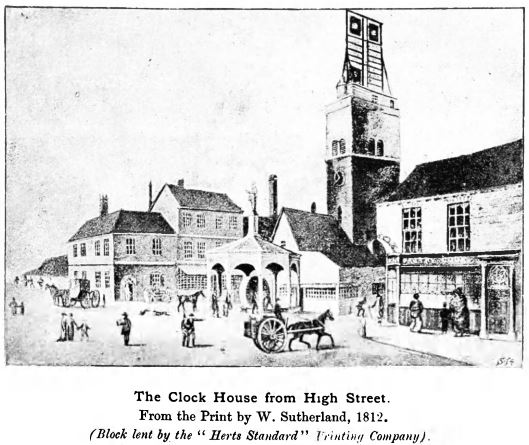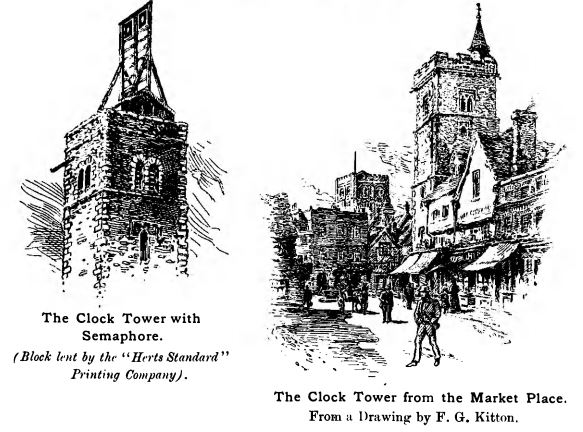A Brief History

The Medieval Clock Tower of St Albans was constructed in 1405 (or between 1403 and 1412 according to some historians). It is indeed quite unfortunate and of great loss that there is no profound research or historical documentary that suggests facts and figures of this great medieval building other than few. The clock tower was initially inaugurated to serve the purpose of highlighting the ambitions and bravery of individuals who stood against the persecutions of the abbot of St Albans. The clock tower has also served the purpose of a watchtower to alarm the locals if the enemy was approaching the town. It one of the only buildings in the UK that represent the great Medieval era. It is located in the centre of the famous Old town of St. Albans.
Constructional Glance

The clock tower has 93 stairs with five floors. Each floor has its unique way of historical representation with portrayal various constructional and historical phases of the tower and surrounding. The clock tower symbolises the patriotic enthusiasm of locals who raised their voice against oppression and unbearable tyranny of the abbot of St Albans. In fact, it is still unwritten with no substantial evidence that whether the clock tower initially had a clock to ring bells to tell the time or was only used as a watch tower, but no significant reason can support another side of the story.
Symbolization of Floors

The clock tower has five floors. The first-floor surrounds with several shops introduced in the early years of the 20th century followed by shopkeeper’s lodgings. The second-floor showcases the living room of the clock keepers’ along with his family who reported stayed from 1412 to 1866. The third-floor displays one of the finest mechanical architecture designed by Lord Grimthorpe, who developed the Victorian clock for the clock tower during its restoration in 1866. Lord Grimthorpe was also famous for his magnificent contribution to Victorian Clocks; he had also designed the mechanism for the Big Ben. The fourth-floor holds the original and unreplaced bell for ringing, weighing one-tonne approximately. The fifth and final floor leads to the roof where visitors can enjoy the panoramic view of the Old Market Town to the Roman town of Verulamium, St Albans Cathedral and several telegraphic sites used in civil and related wars.
Accessibility Restriction
the stairs of the clock tower are narrow which makes it difficult to enjoy the five floors for individuals who are handicapped or claustrophobic.

Comments are closed.